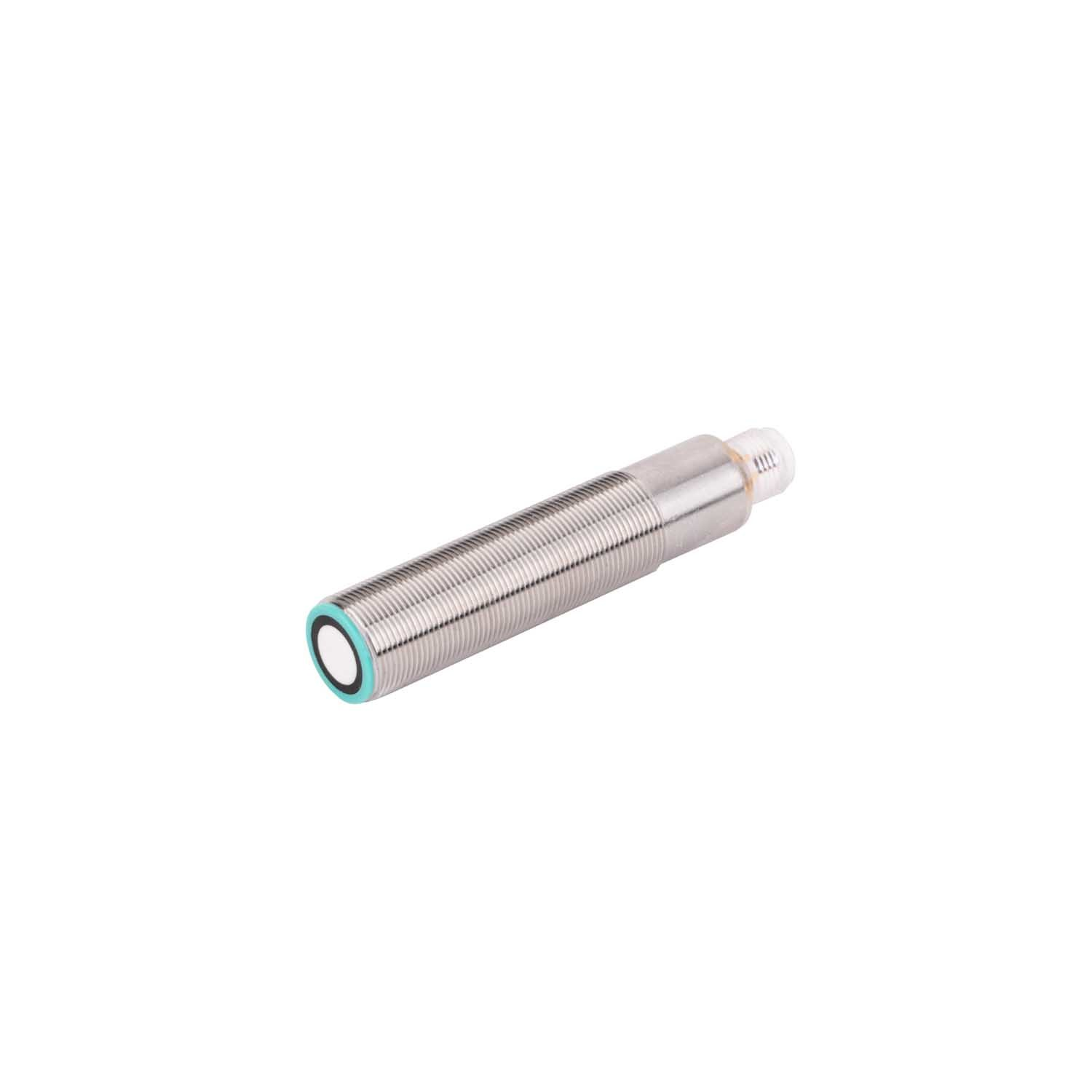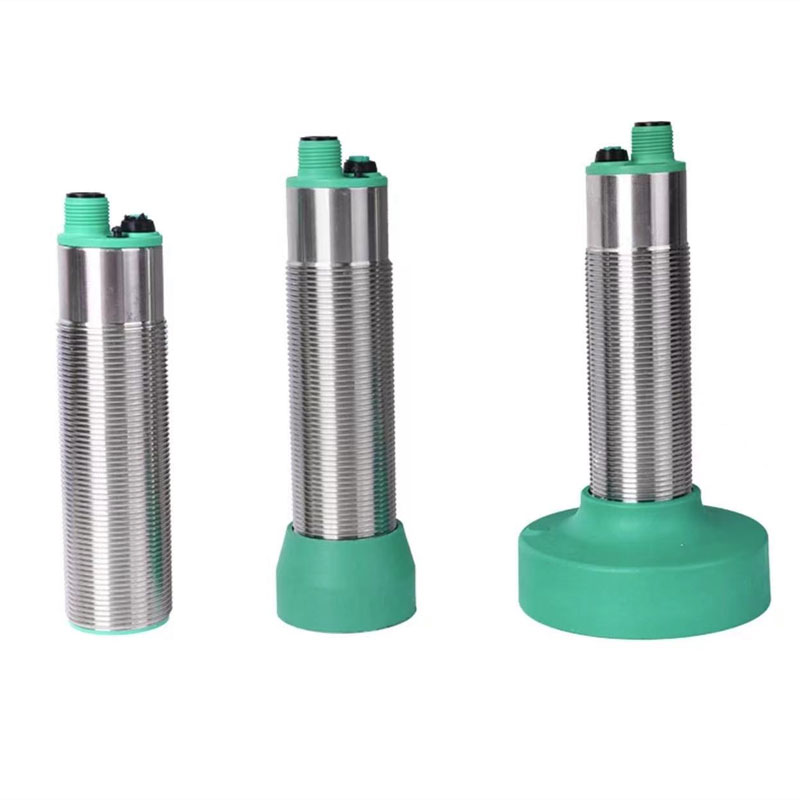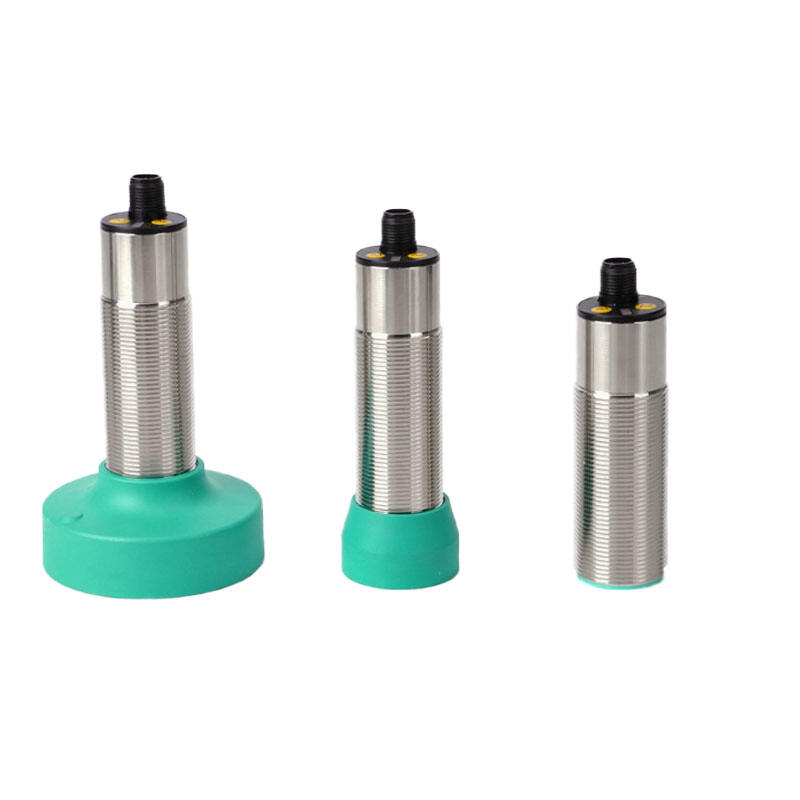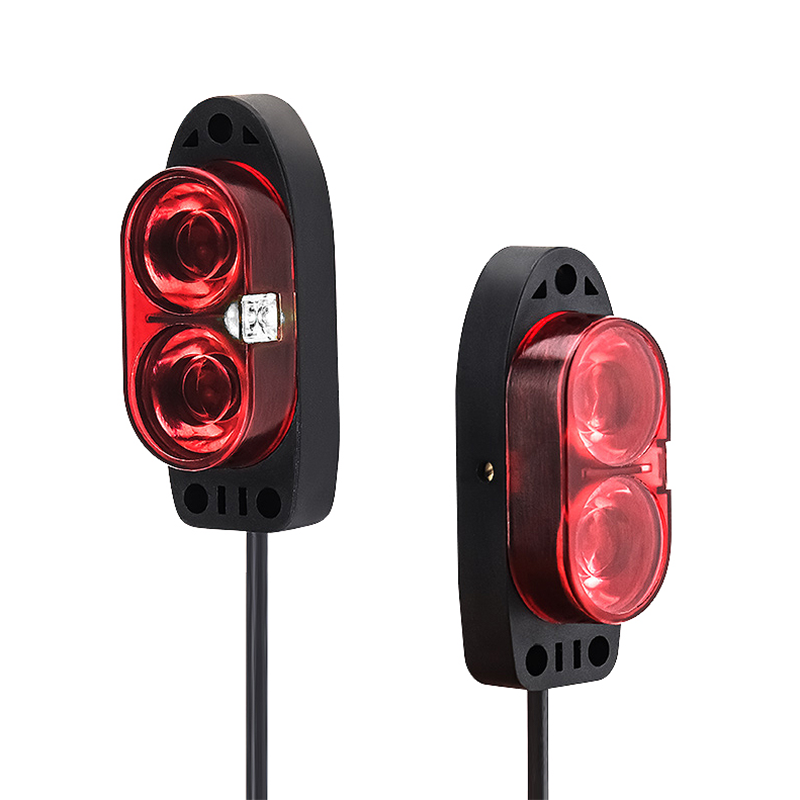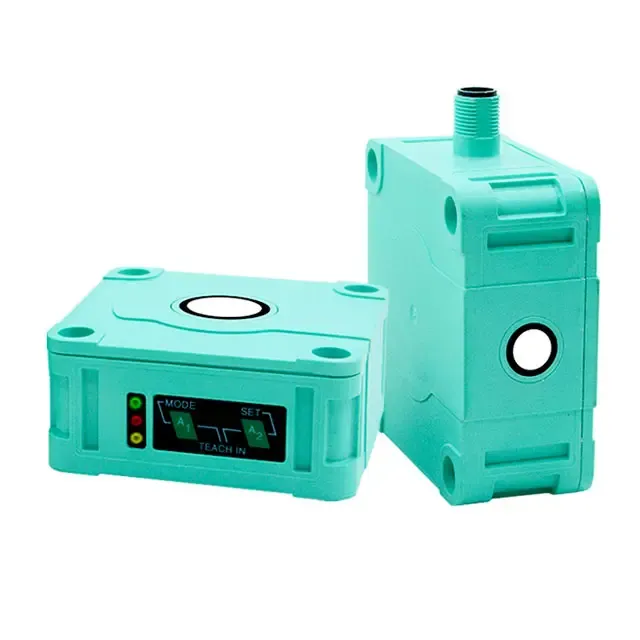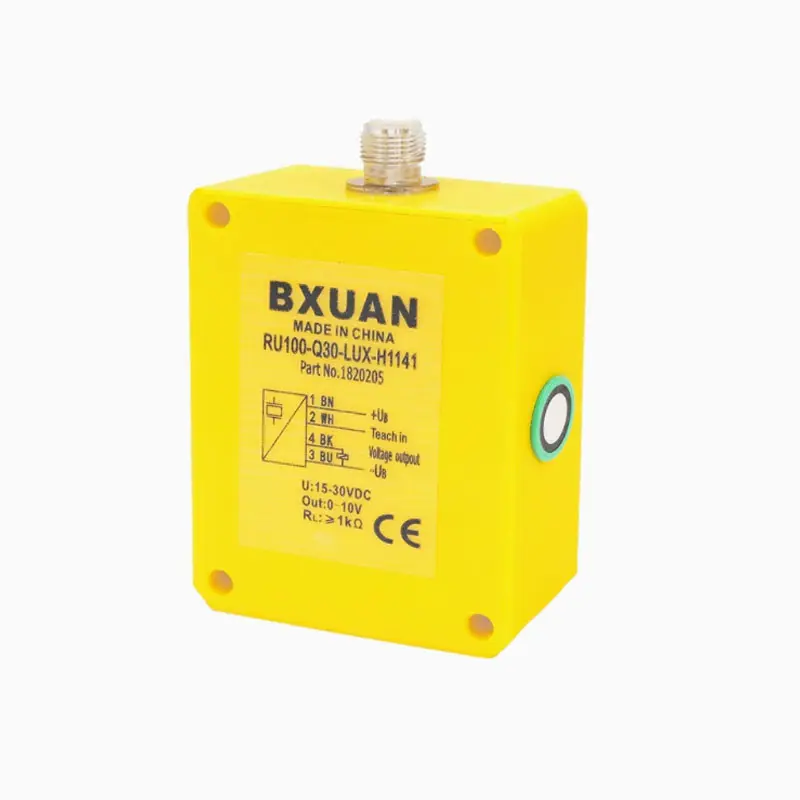distance sensor types
Distance sensors represent a crucial category of measurement devices that utilize various technologies to determine the spatial separation between objects. These sensors employ multiple methods including ultrasonic waves, infrared radiation, laser beams, and time-of-flight calculations to deliver precise distance measurements. The fundamental operation involves emitting a signal, which bounces off the target object and returns to the sensor. The time taken for this round trip, combined with the signal's speed, enables accurate distance calculation. Modern distance sensors incorporate advanced features such as temperature compensation, digital filtering, and multiple measurement modes. They find extensive applications across industries, from automotive parking assistance and industrial automation to robotics and smart building systems. The technology has evolved to offer enhanced accuracy levels, with some sensors capable of measuring distances from a few millimeters to several hundred meters. These devices often include integrated processing units that can handle complex calculations and provide digital output formats compatible with various control systems. Environmental factors such as temperature, humidity, and ambient light are automatically compensated for in many advanced models, ensuring reliable measurements under diverse conditions. The versatility of distance sensors makes them indispensable in quality control, security systems, and precision manufacturing processes.

